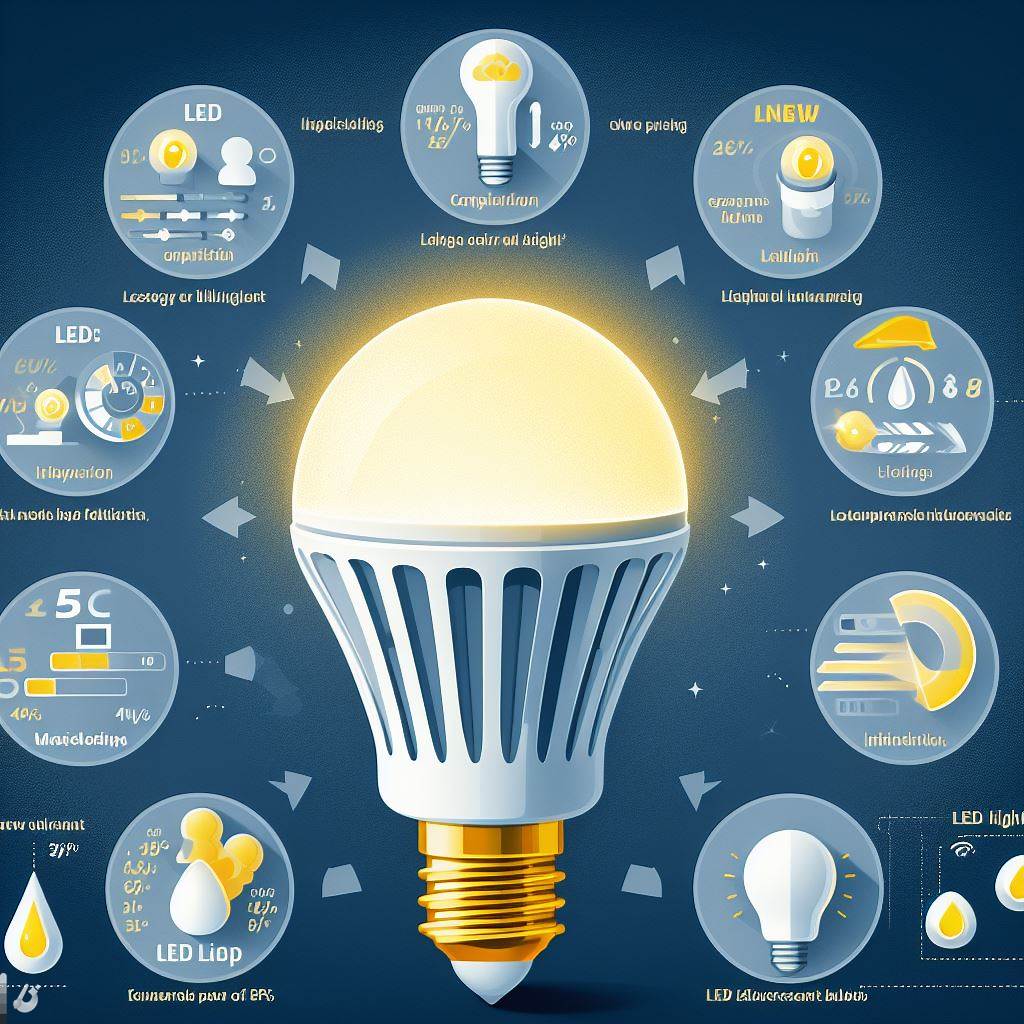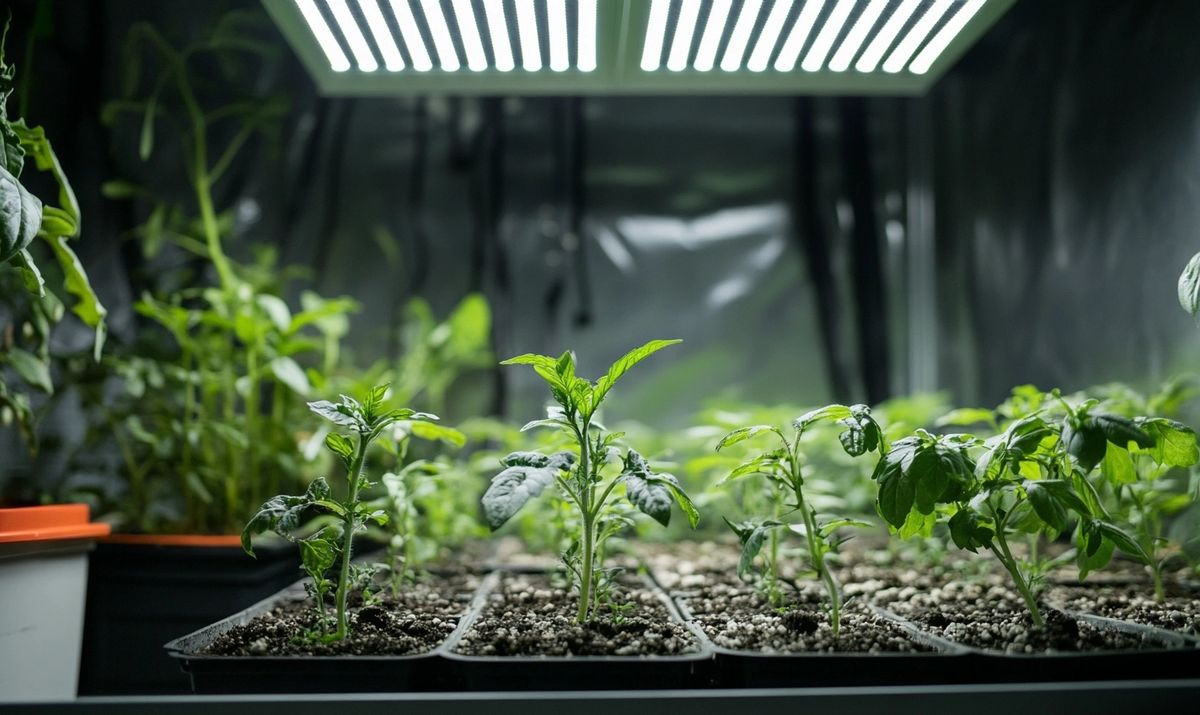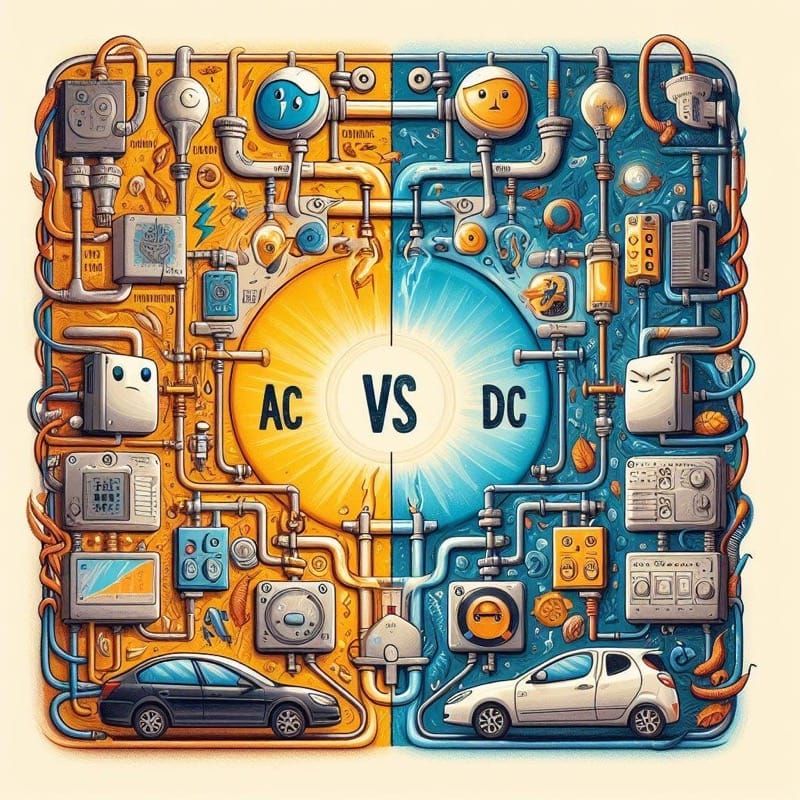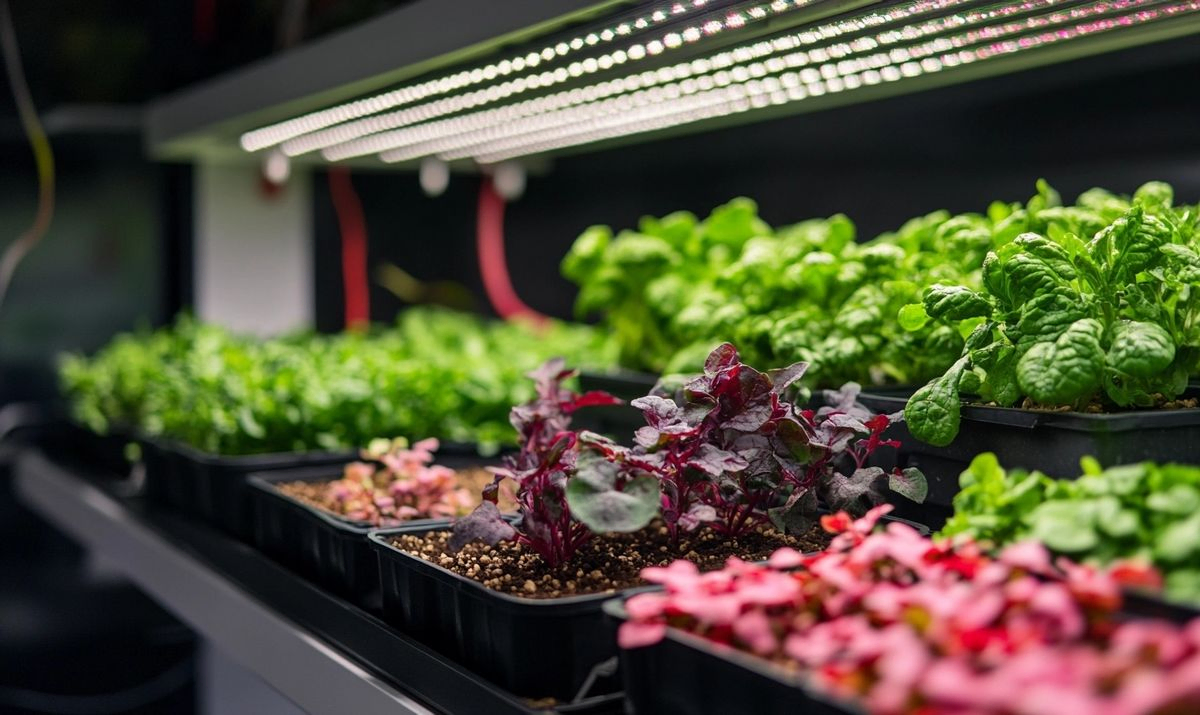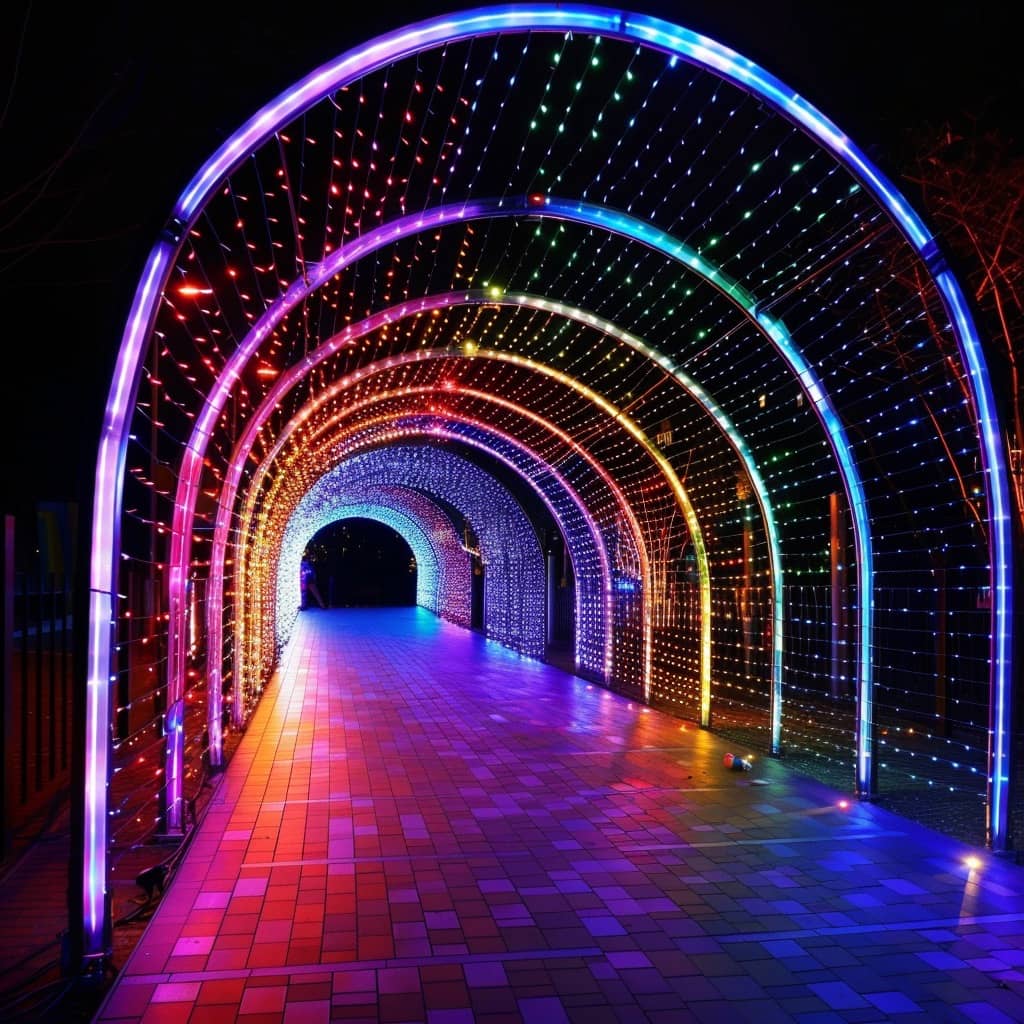LED lights have become increasingly popular in recent years due to their energy efficiency, long lifespan, and versatility. But just how efficient are LED lights compared to traditional incandescent and fluorescent bulbs?
Energy Efficiency: A Tale of Two Bulbs
To understand the energy efficiency of LED lights, it’s essential to compare them to traditional incandescent and fluorescent bulbs.
Incandescent bulbs, the oldest type of electric lighting, convert only about 10% of their energy into light, with the remaining 90% lost as heat.
This inefficiency makes incandescent bulbs a poor choice for energy conservation.
Fluorescent bulbs, on the other hand, are more energy-efficient than incandescent bulbs, converting about 20-30% of their energy into light.
However, they still consume more energy than LED lights.
LED Lights: A Shining Example of Efficiency
LED lights, with their advanced semiconductor technology, stand out as the most energy-efficient lighting option available.
They convert up to 90% of their electrical energy into light, a remarkable improvement over incandescent and fluorescent bulbs.
This efficiency translates to significant energy savings, reducing electricity bills and minimizing environmental impact.
Quantifying the Savings: Putting Efficiency into Numbers
To quantify the energy savings of LED lights, let’s compare their energy consumption to that of incandescent and fluorescent bulbs.
Consider a 60-watt incandescent bulb, a common household bulb.
If replaced with a 10-watt LED bulb, the energy consumption would drop by 83%.
This reduction in energy consumption translates to substantial savings over time.
Similarly, replacing a 40-watt fluorescent bulb with an 8-watt LED bulb would result in a 80% reduction in energy consumption.
These energy savings are even more impressive considering that LED bulbs typically have a lifespan of 50,000 hours or more, compared to the 1,000 hours of incandescent bulbs and the 3,000-10,000 hours of fluorescent bulbs.
The Impact of Efficiency: A Ripple Effect
The energy efficiency of LED lights extends beyond individual households and businesses, impacting the broader energy landscape.
As more and more people switch to LED lighting, the overall demand for electricity decreases, reducing the strain on power grids and potentially lowering energy costs for everyone.
Moreover, the reduced energy consumption of LED lights translates to lower greenhouse gas emissions, contributing to efforts to mitigate climate change.
By adopting LED technology, we can collectively reduce our environmental footprint and contribute to a more sustainable future.
Embracing a Brighter, More Efficient Future
LED lights have emerged as a revolutionary lighting technology, offering a combination of energy efficiency, longevity, and versatility.
Their ability to convert a significant portion of electrical energy into light makes them a far more sustainable choice compared to traditional incandescent and fluorescent bulbs.
As LED technology continues to evolve and become even more affordable, it is poised to play an increasingly prominent role in shaping the future of illumination.
By embracing LED lighting, we can not only reduce our energy consumption and save money but also contribute to a more sustainable and environmentally friendly future.

